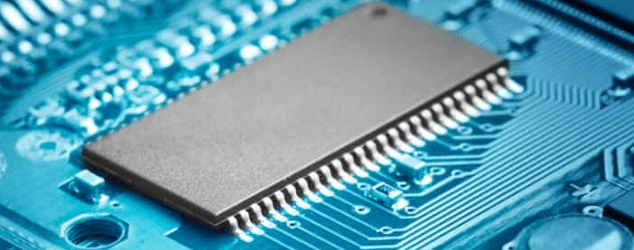
IGCSE ICT Chapter 5
The effects of ICT

What the syllabus says you need to know…
5.1 effects of IT on employment
- describe how there has been a reduction of employment in offices, as workers’ jobs have been replaced by computers in a number of fields (e.g. payroll workers, typing pools, car production workers)
- describe how there has been an increase in employment in other fields (e.g. website designers, computer programmers, delivery drivers in retail stores)
5.2 effects of IT on working patterns within organisations
- describe how the use of computers has led to a number of employees changing their working patterns (e.g. part-time working, flexible hours, job sharing, compressed hours)
- describe what is meant by part-time working, flexible hours, job sharing, compressed hours
5.3 Microprocessor devices in the home
- •describe the positive effects microprocessors have on aspects of lifestyle (e.g. the amount and use of leisure time, the degree of social interaction, the ability to leave the home)
- describe the negative effects microprocessors have on aspects of lifestyle (e.g. lack of exercise)
5.4 potential health problems related to the prolonged use of IT equipment
- describe repetitive strain injury (RSI) and what causes it
- identify other health issues (e.g. back problems, eye problems, headaches)
- describe some simple strategies for preventing these problems
- evaluate the use of IT equipment and develop strategies to minimise the health risks
Effects of ICT on Employment
The introduction of ICT has significantly changed the job market:
- Reduction in Employment: Many traditional jobs have been replaced by computers and automation. For example, payroll clerks, typists, and some factory workers have seen their roles reduced or eliminated as computers and robots take over repetitive or routine tasks.
- Increase in Employment: New jobs have emerged in areas such as website design, computer programming, IT support, and delivery services for online retail. The demand for skilled workers in technology and logistics has grown as businesses adapt to digital operations.
Effects of ICT on Working Patterns
ICT has enabled more flexible approaches to work within organisations:
- Part-Time Working: Employees work fewer hours than a standard full-time job, allowing for a better work-life balance.
- Flexible Hours: Staff can choose when to start and finish work, as long as they complete their required hours.
- Job Sharing: Two or more people share the responsibilities of a single full-time position.
- Compressed Hours: Employees work the same number of hours per week, but over fewer days.
These changes have made it easier for people to fit work around personal commitments and have led to a more adaptable workforce.
Microprocessor-Controlled Devices in the Home
The use of microprocessors in household devices has had both positive and negative effects:

Positive Effects:
- Increased Leisure Time: Automation of tasks such as washing, cooking, and cleaning means people have more free time.
- Improved Social Interaction: Devices like smartphones and tablets make it easier to stay in touch with friends and family.
- Greater Independence: Home automation and smart devices can help elderly or disabled people live more independently.
Negative Effects:
- Reduced Physical Activity: Over-reliance on automated devices can lead to a lack of exercise.
- Less Face-to-Face Interaction: Increased use of technology for communication may reduce direct social contact.
Potential Health Problems Related to ICT
Prolonged use of ICT equipment can lead to several health issues:
- Repetitive Strain Injury (RSI): Caused by repetitive movements, such as typing or using a mouse for long periods.
- Back Problems: Poor posture or unsuitable seating can result in back pain.
- Eye Strain: Staring at screens for extended periods can cause discomfort and headaches.
- Headaches: Often linked to eye strain or poor lighting.
Prevention Strategies:
- Take regular breaks away from the screen.
- Use ergonomic furniture and equipment.
- Ensure screens are at the correct height and distance.
- Maintain good posture and adjust lighting to reduce glare.
Social and Ethical Effects of ICT
- Data Security and Privacy: The increased use of ICT raises concerns about the security of personal and sensitive data.
- Digital Divide: Not everyone has equal access to technology, which can create inequalities in society.
- Changing Social Interaction: While ICT enables instant communication, it can also contribute to isolation if overused.
Teaching Resources
Restricted
You must be logged in with a premium account to view this content. Click here to visit our shop.

More Information
Additional information can be found in the revision link above and through the helpful links I posted for each topic.
Exam Questions
Complete these in your notebooks as extension activities once you are finished. Did you know, practice exam questions will tell you topics you have mastered along with providing you with an insight into the types and structures of questions you are likely to receive in your exams?
Writing too small? Open the images in new tabs to zoom into the questions